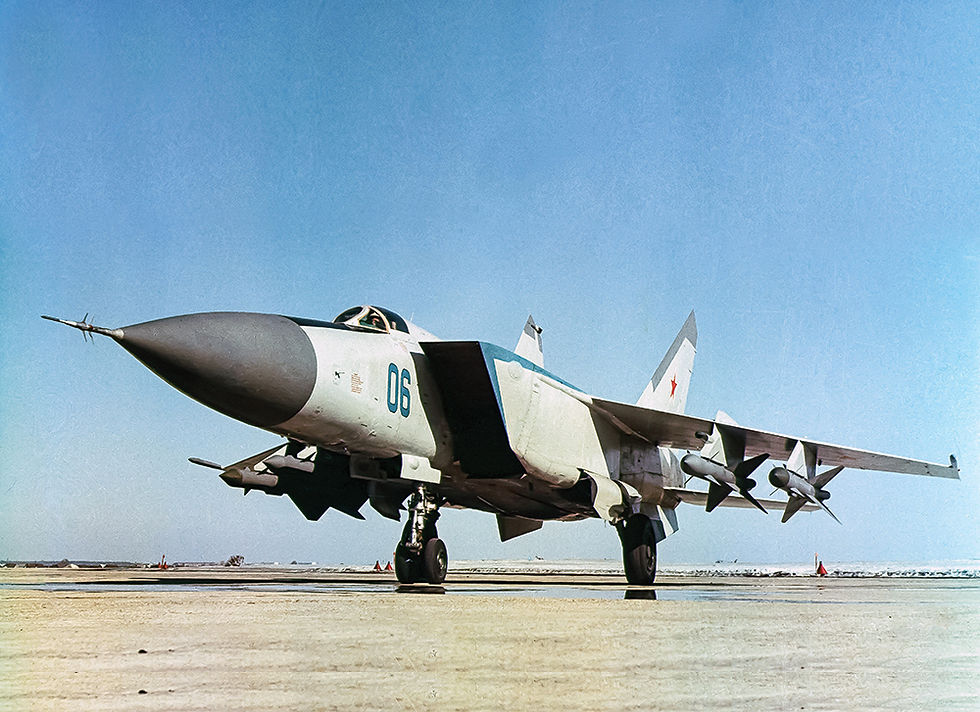The Tragedy of Korean Air Lines Flight 007: A Cold War Collision
- thiliwriting
- Mar 7, 2024
- 3 min read
On September 1, 1983, a commercial airliner, Korean Air Lines Flight 007 (KAL 007), embarked on a journey from New York City to Seoul, South Korea, with a scheduled stopover in Anchorage, Alaska. Tragically, what began as a routine passenger flight turned into a devastating international incident that claimed the lives of all 269 people on board. This article delves into the events surrounding the downing of KAL 007, exploring the causes, consequences, and lingering questions that continue to resonate today.
A Deviation from Course
Following its departure from Anchorage, KAL 007 strayed significantly from its planned flight path. The precise reasons for this deviation remain a subject of debate. Some theories point towards navigational errors, potentially due to a combination of factors like an autopilot malfunction, pilot fatigue, or misinterpretation of navigational aids. Others posit a deliberate act, though no conclusive evidence supports this contention.
Entering Soviet Airspace
KAL 007's deviation led it to enter Soviet airspace near the Kamchatka Peninsula, a highly sensitive region for the Soviets due to ongoing military activity. The Soviet Air Force intercepted the unidentified aircraft, believing it to be a U.S. spy plane due to its flight path and proximity to the military exercise. Despite the lack of definitive identification, the Soviet military scrambled fighter jets and, after several warnings and attempts to establish contact, fired air-to-air missiles, ultimately shooting down KAL 007.
Immediate Aftermath and International Condemnation
The downing of a civilian airliner sparked international outrage and condemnation. The United States and its allies accused the Soviet Union of a deliberate act of aggression, highlighting the loss of innocent lives and the violation of international law. The Soviet Union, however, maintained that the aircraft had been on a spying mission and expressed regret for the loss of life, claiming it was a case of mistaken identity.
Unveiling the Black Boxes
The aftermath of the incident was characterized by an extended period of tension and investigation. The wreckage of KAL 007 was eventually located underwater, and the flight recorders were recovered in 1992 following the collapse of the Soviet Union. The data from the black boxes provided crucial information about the flight path and actions of the crew, ultimately confirming the accidental nature of the deviation.
Lingering Questions and the Legacy of the Tragedy
While the available evidence points towards a tragic case of miscalculation and miscommunication, the incident continues to raise questions. Conspiracy theories persist, fueled by the complexities of the Cold War environment and the delayed release of information from the Soviet Union. The downing of KAL 007 remains a stark reminder of the human cost of Cold War tensions and the dangers of misinterpreting information in a highly sensitive international context.
Beyond the Cold War: Lessons Learned
The tragedy of KAL 007 serves as a cautionary tale with lasting implications. The incident highlighted the need for improved communication and cooperation between nations, particularly regarding air traffic control and military activities in close proximity to civilian flight paths. Furthermore, it emphasized the importance of open communication and transparency in the wake of international incidents.
In conclusion, the downing of Korean Air Lines Flight 007 stands as a tragic chapter in Cold War history. It serves as a poignant reminder of the fragility of peace and the enduring value of open communication and international cooperation. The incident continues to hold lessons for navigating complex international relations and upholding the safety of civilian air travel in the face of potential misunderstandings and miscalculations.



Comentários